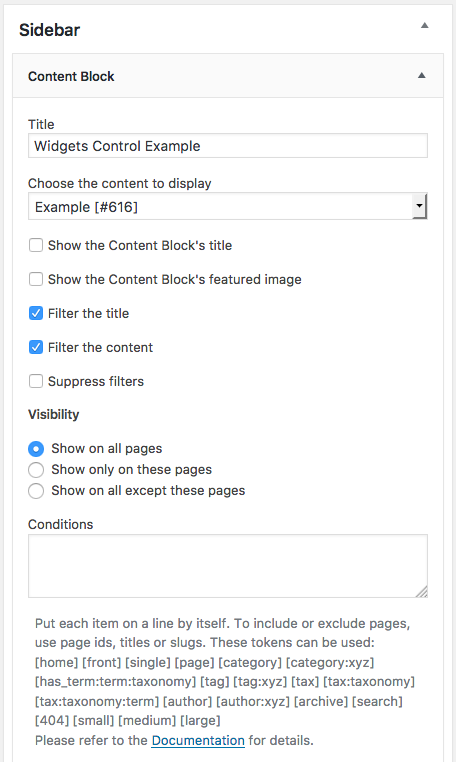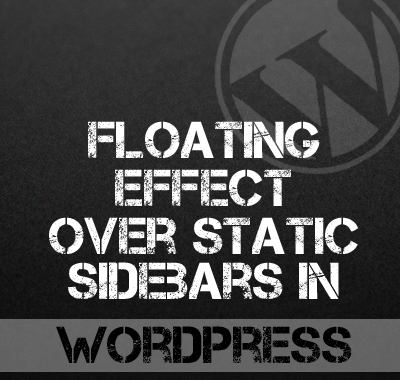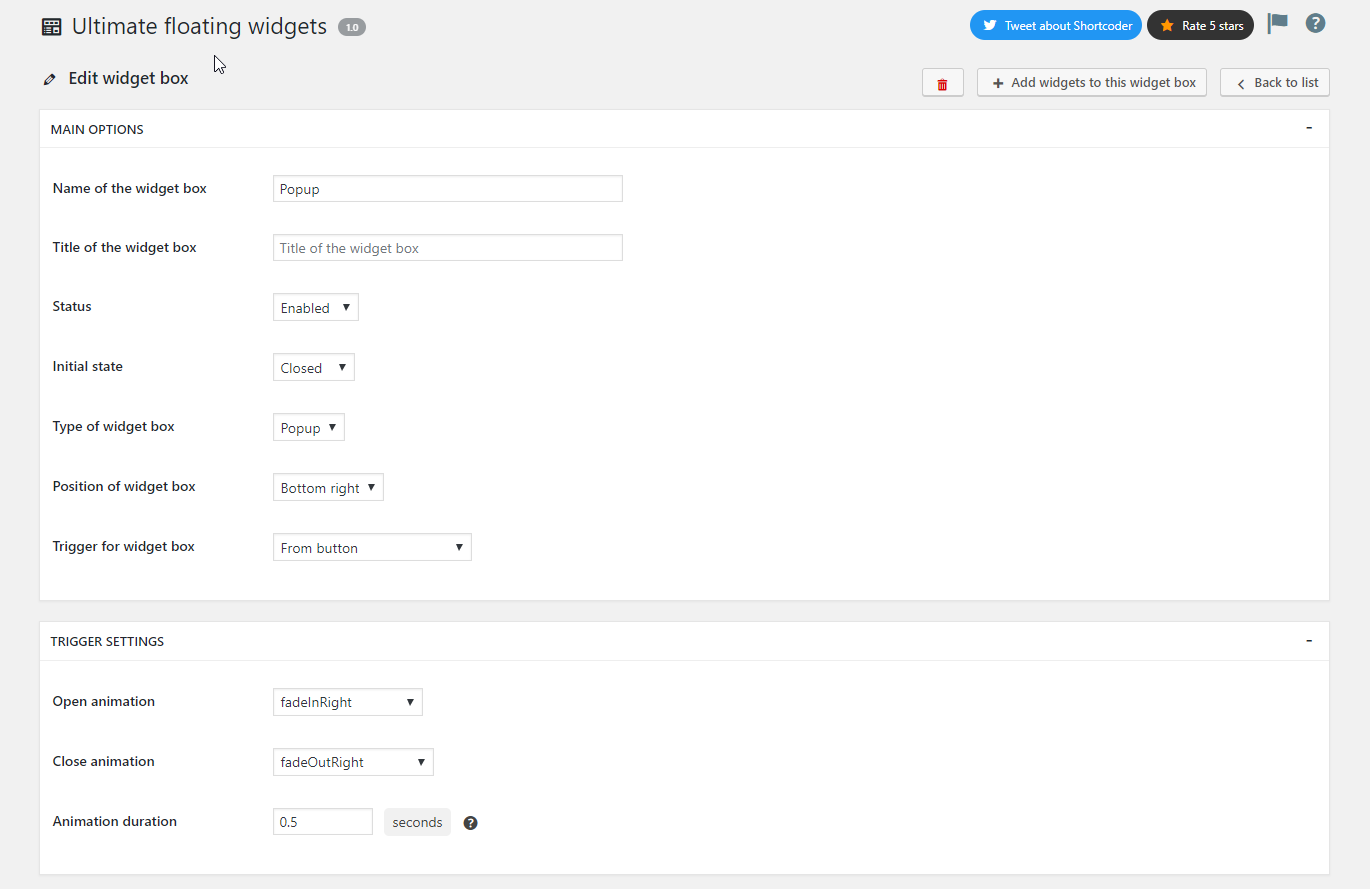

Perhaps it is better to restrict fixed widgets to elements that have a solid background instead of text, such as banners, graphics and video. However, there are many ways to get around the problem if you really like how simple this plugin is to use. If you have a lot of sidebar widgets that use a transparent background, using this plugin may present an issue. This means they will appear perfect when scrolling. On the upside, sidebar elements like videos and images are on top of text content. However, the links in the floating widget are the only ones active which means you cannot click background links if the floating sidebar element is present. For example, you can set the Recent Posts to be fixed but have a text list of categories seemingly overlap when you scroll. Perhaps one of the biggest drawbacks to this tool is how text will sometimes overlap in the sidebar. Will text content in the sidebar overlap? They don’t have to be in order, and the system will automatically collect the segments that are marked as a fixed widget. You can enable as many as you want as Q2W3 works with all of them. How many widgets can you “fix” with this plugin? When visitors scroll through the site, that single widget will remain visible. Click the checkbox for “Fixed Widget.”Ĭlick the “Save” button to commit your changes. Go to Appearance and click, “Widgets.”Ĭlick on a sidebar widget to expand its settings.Īt the bottom, you’ll see a new option available. You can also change compatibility settings for jQuery, logged in users only or add custom HTML IDs.Īfter making your adjustments, click the “Save Changes” button on the bottom.Įnabling your sidebar to float with a visitor is very easy. If you have sidebar controls like this, it’s a good idea to restrict the pixel width and disable the fixed widget. However, some elements do not translate well over to mobile devices.

This is beneficial for those who view your site from a mobile device.įor example, you can use some of the best responsive themes for WordPress to create an amazing site. For example, you can set margins or have the plugin automatically disable itself if a certain height or width is detected. In this screen, you can modify how the plugin behaves. Go to Appearance and click, “Fixed Widget Options.” Q2W3 has a few advanced settings you can use to customize how the floating sticky widget works on your website.
#DOES ADBLOCK ULTIMATE BLOCK FLOATING SIDEBARS WIDGETS INSTALL#
Install and activate the “Q2W3 Fixed Widget” plugin. It’s perhaps one of the best sticky widget plugins for WordPress. This is a popular tool with more than 100,000 active installs and a very easy interface. Using Q2W3 Fixed Widgetįor this tutorial, I’m going to feature the Q2W3 Fixed Widget plugin. Sidebars have a plethora of purposes, and keeping them instantly available often encourages people to act on the widgets content. In this regard, it’s not merely content you want to keep in front of site guests. This goes beyond using things like a sticky post. It’s harder to forget something important in the sidebar if it travels with you as you read the webpage. This is helpful if you have something like a newsletter or email subscription link you want to have visible at all times.īy keeping certain elements in plain sight for the visitor, there is potential to boost interaction. The Use of Sticky Sidebar WidgetsĪ sticky sidebar widget holds information in place when visitors scroll down your website.

In mere moments, you can add more flexibility to your site. In this tutorial, I’m going to show you an easy way to add a WordPress sticky widget. You don’t need to know any coding and you can implement it right now. The best part is that it’s not hard to add a sticky sidebar floating widget in WordPress. It’s like giving the visitor a constant reminder of important site elements. Ever been to a website and saw a sidebar element that followed you while scrolling? These are sticky floating widgets and they improve click-through rates and conversions.


 0 kommentar(er)
0 kommentar(er)
